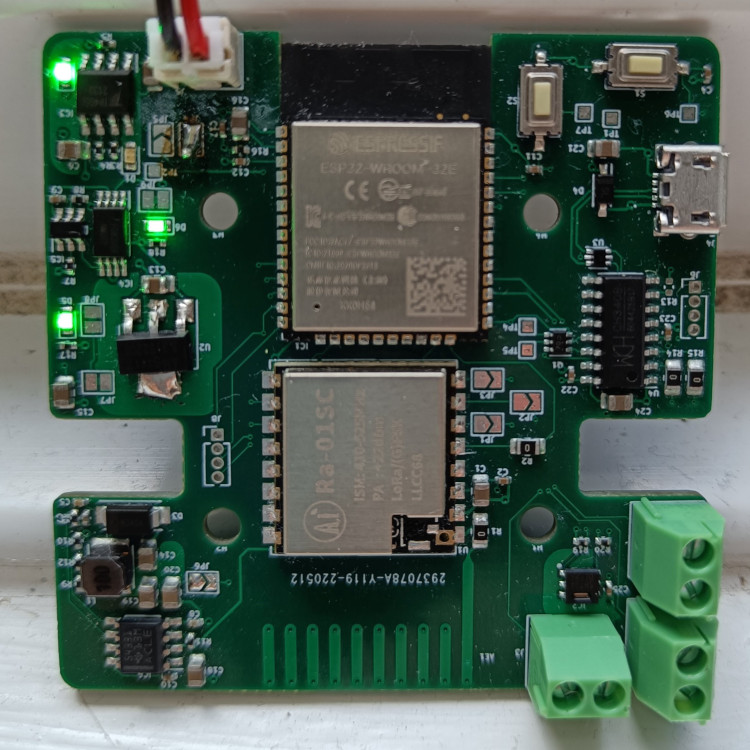Change on industrial scales is slow, but if you’re operating your own small farm or simply working in a home garden there are some excellent ways to use water more effectively. The latest tool from [YJ] makes it possible to use much less water while still keeping plant yields high.
This is an improvement on a previous project which automates watering and lighting of a small area or single pot. This latest creation, called FLORA, includes a LoRa module for communication up to 3 kilometers, and the ESP32 on board also handles monitoring of soil moisture, humidity and other sensors. It also includes a pump driver for managing irrigation systems so that smart decisions can be made about when to water. Using this device, the water usage when testing was reduced by around 30% compared to a typical timed irrigation system.
Using a smart system like this is effective for basically any supply of water, but for those who get water from something like an off-grid rainwater system or an expensive water utility, the gains are immediate. If you aren’t already growing your own food to take advantage of tools like this, take a look at this primer to get you started.


















Is the range really 3km with this unmatched antenna? It looks very similar to the DN038 antenna from TI, which “requires” a matching network.
more like 200m in urban area I’d say
We have also noticed fairly low LoRa range with poor antennas in indoor and urban scenarios. So range in the 100s of meters. I am pleased to hear that it is not something that we are doing wrong.
I was able to get ~500m at 14dBm with a piece of bare copper wire.
This was a RFM95W module.
well, it reads “up to 3km” so perhaps if you lift this 3km in the air with a helium balloon on a desert plane with SF12 it just might work ;)
As someone living in a large concrete building, with a poor LoRaWAN gateway with a small antenna, I was able to achieve 1.5km without difficulty and no effort.
In a more rural situation, I don’t expect there’d be much problem unless there was a significant amount of wet foliage in the path.
With a lousy “coil” PCB antenna, no matching, and plenty of components and tracks around, all bets are off. I guess people think an antenna is some kind of rune you copy-paste from a random app note, draw in copper and data is magically transmitted. ¯\_(ツ)_/¯
With any semi-decent antenna, yes, 3km is realistic.
To give you some figures I have verified myself: in a dense urban environment (Haussmannian Paris), from the top of a building to a basement, with 1dBi short sleeve dipoles on both sides, range was more than 1.5 km. In “normal” euro-city you can count on a few km. In a rural environment, you’re basically limited by the radio horizon. And in “line of sight”, actual maximum Lora range is around 500 km, which makes the curvature of the Eath quite a challenge. All that at 25mW, no extra antenna gain.